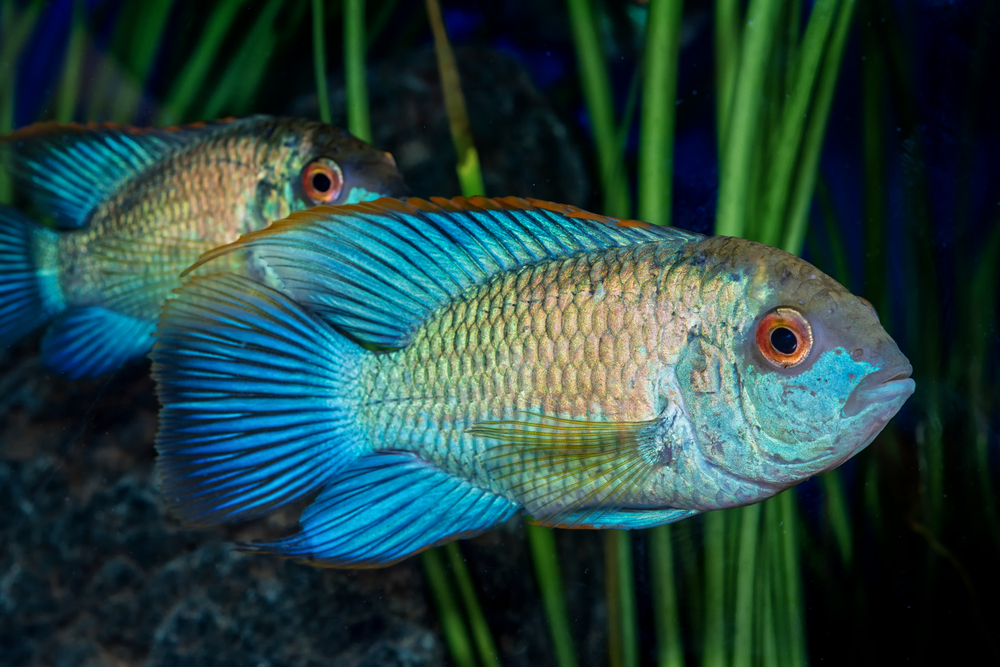Cichlids are a popular species of freshwater fish that are native to many regions around the world. These fish are known for their bright colors, unique patterns, and interesting behaviors.
However, one question that many people have about these pets is how long do cichlids live. In this article, we will explore the lifespan of cichlids and provide some tips for keeping them healthy and happy.
Cichlids can live for varying lengths of time depending on a number of factors. In the wild, their lifespan is influenced by their environment, diet, and predators.
In captivity, their lifespan can be affected by the quality of their care, the size of their tank, and their diet. By understanding the factors that can affect the lifespan of cichlids, you can take steps to ensure that your fish live long and healthy lives.
Contents
Key Takeaways on How Long Do Cichlids Live
- Cichlids can live for varying lengths of time depending on their environment and care.
- Factors that can affect the lifespan of cichlids include their diet, tank size, and water quality.
- By providing proper care and attention, you can help your cichlids live long and healthy lives.
You also shouldn’t miss these other top picks:
Understanding Cichlids

Cichlids are a diverse family of fish, with over 2,000 species found in various parts of the world. They are known for their unique appearance, with many species exhibiting bright colors and interesting patterns.
Cichlids are characterized by their elongated bodies and sharp teeth, which they use to catch prey. They are also known for their territorial behavior, with many species fiercely defending their territory against other fish.
While some cichlid species are peaceful and can be kept in community tanks, others are highly aggressive and should be kept alone or with other aggressive species.
It is important to research the specific species of cichlid before adding them to a tank to ensure they are compatible with other fish.
Cichlids can vary greatly in personality and behavior, with some species being shy and others being outgoing and curious. Some cichlids are known for their intelligence and can be trained to perform simple tricks.
Cichlids in Their Natural Habitat
Cichlids are a diverse group of fish that can be found in various natural habitats, including lakes, rivers, and streams. In their natural habitat, cichlids can live for many years, depending on the species and the conditions of their environment.
Lake Malawi, Lake Victoria, and Lake Tanganyika are three of the most famous lakes in Africa that are home to many cichlid species. These lakes are known for their unique ecosystems and the high diversity of cichlid species that can be found there.
The Mbuna cichlids are a group of cichlids that are found in the rocky habitat of Lake Malawi. These fish are known for their bright colors and aggressive behavior. They can live for up to 10 years in the wild.
Lake Victoria is home to many Haplochromine cichlid species. These fish can live for up to 5 years in the wild. Unfortunately, many of these species are threatened due to overfishing and habitat destruction.
Lake Tanganyika is the deepest lake in Africa and is home to many unique cichlid species. The Tropheus cichlids are a group of cichlids that are found in the rocky habitat of Lake Tanganyika.
These fish are known for their bright colors and social behavior. They can live for up to 10 years in the wild.
Cichlids Lifespan
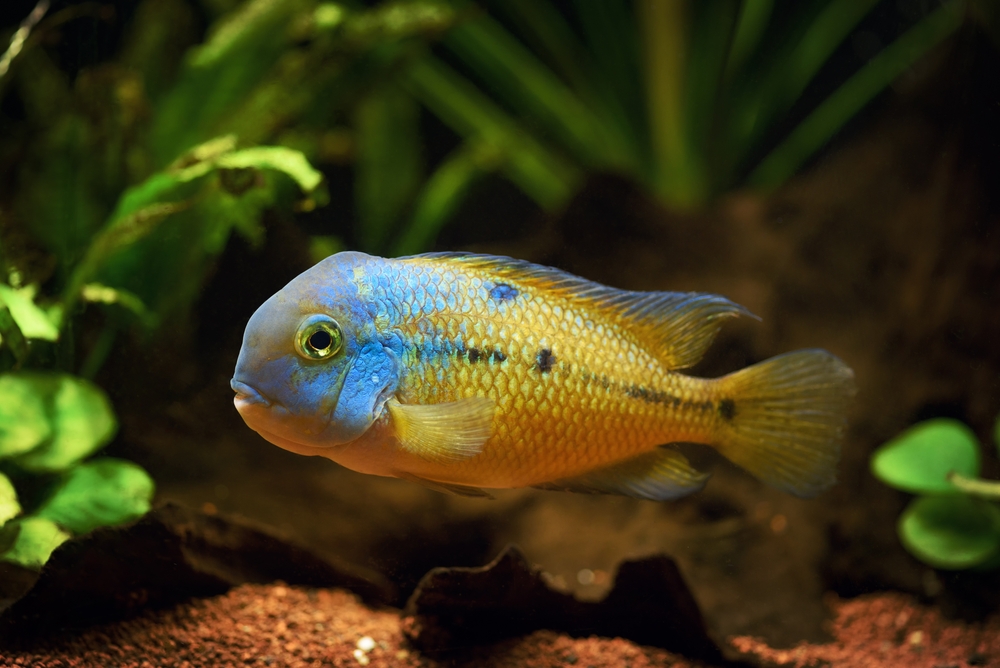
Cichlids are a diverse group of fish that come from various regions of the world. They are known for their bright colors, unique patterns, and active personalities. However, one aspect that many people overlook is their lifespan.
The lifespan of cichlids can vary greatly depending on the species, genetics, and environment. On average, cichlids can live anywhere from 5 to 15 years in captivity. However, some species have been known to live up to 20 years or more under optimal conditions.
Factors that can affect the lifespan of cichlids include water quality, diet, tank size, and genetics. Poor water quality and a lack of proper nutrition can lead to a shorter lifespan, while providing a healthy environment and a balanced diet can help extend their life expectancy.
In terms of growth rate, cichlids can grow quickly in the first few years of their life, but their growth rate will slow down as they age. This is why it is important to provide them with a tank that is appropriate for their size and to monitor their growth regularly.
Cichlids Care
Cichlids are freshwater fish that require proper care to live a long and healthy life. They are known for their hardy nature, making them a great choice for both beginners and expert fishkeepers.
When it comes to caring for cichlids, there are a few key things to keep in mind. First and foremost, it is important to provide them with a suitable environment. This includes a spacious tank with plenty of hiding spots and a filtration system that can handle their waste.
In addition to a suitable environment, cichlids also require a balanced diet. They are omnivores and should be fed a variety of foods, including pellets, flakes, and live or frozen foods. It is important to avoid overfeeding, as this can lead to health problems.
Another important aspect of cichlid care is water quality. Cichlids are sensitive to changes in water parameters and require regular water changes to maintain a healthy environment.
Test kits can be used to monitor water quality and ensure that levels of ammonia, nitrite, and nitrate are within acceptable ranges.
Cichlids Diet
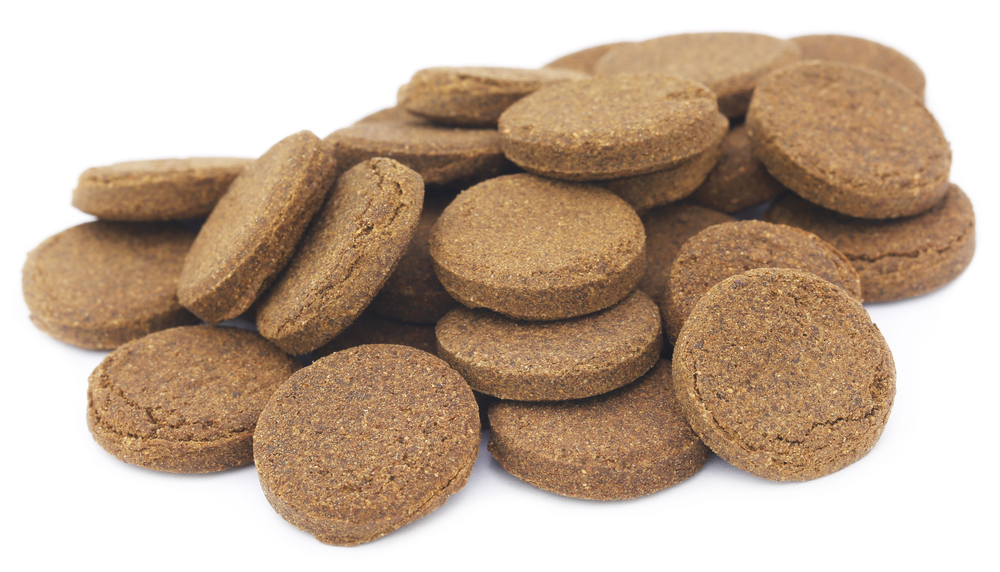
Cichlids are known to be omnivores, meaning they consume both animal and plant-based foods.
In their natural habitat, they feed on a variety of food sources, including insects, small fish, crustaceans, and algae. However, in captivity, their diet should be carefully monitored and controlled.
A balanced diet is essential for the health and longevity of cichlids. They require a diet rich in protein, vitamins, and minerals.
Commercially available cichlid pellets or flakes are a great source of nutrition for these fish. These pellets are specially formulated to meet the dietary needs of cichlids and contain a blend of animal and plant-based proteins.
In addition to pellets, cichlids can also be fed frozen or live foods, such as brine shrimp, bloodworms, and krill. These foods are high in protein and can provide essential nutrients that may be lacking in pellet or flake diets.
It is important to note that overfeeding cichlids can lead to health problems, such as obesity and digestive issues.
Cichlids should be fed small, frequent meals throughout the day, rather than one large meal. This will help prevent overfeeding and ensure that they receive the proper nutrition.
Cichlids in Captivity
Cichlids are one of the most popular species of fish kept in home aquariums. They are known for their vibrant colors and unique behaviors. In captivity, cichlids can live for several years, but their lifespan depends on several factors.
One of the most important factors that affect the lifespan of cichlids in captivity is the size of the tank. Cichlids need a lot of space to swim and play, so it’s important to provide them with a tank that is large enough to accommodate their needs.
The size of the tank should be proportional to the number of cichlids you have. As a general rule, you should have at least 30 gallons of water per cichlid.
Another factor that affects the lifespan of cichlids in captivity is the water quality. Cichlids are sensitive to changes in water temperature and pH levels, so it’s important to maintain a stable environment for them.
You should also perform regular water changes to keep the water clean and free from toxins.
Feeding is another important factor that affects the lifespan of cichlids in captivity. Cichlids are omnivores and require a balanced diet that includes both plant and animal matter. You should feed your cichlids a variety of foods, including pellets, flakes, and live or frozen foods.
Cichlids Water Requirements
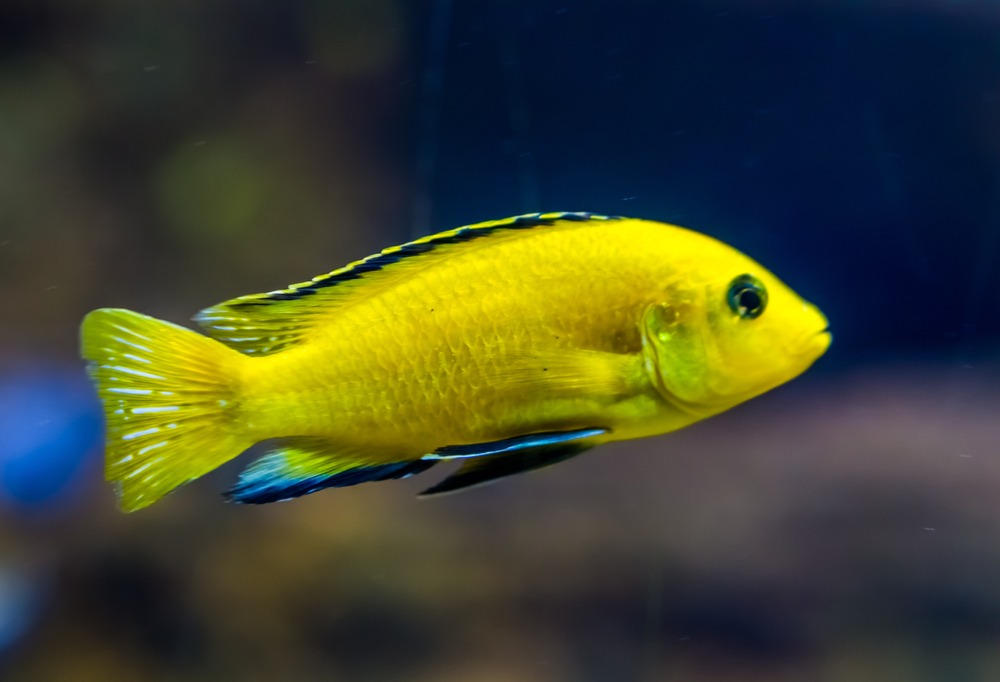
Cichlids are freshwater fish that require specific water conditions to thrive. Proper water parameters are essential to ensure their health and longevity.
1. Water Temperature:
Cichlids prefer a water temperature between 75-82°F (24-28°C). It is important to maintain a stable water temperature, as sudden changes can cause stress and even death.
2. pH:
Cichlids prefer a pH range between 7.5-8.5, which is slightly alkaline. However, different species of cichlids have different pH requirements, so it is important to research the specific needs of your fish.
3. Water Parameters:
Cichlids are sensitive to water parameters such as ammonia, nitrite, and nitrate. It is important to monitor these levels regularly and keep them within safe ranges. A high level of ammonia can be toxic to cichlids and can cause health problems.
4. Water Conditions:
Cichlids require clean and well-oxygenated water. A good filtration system is essential to maintain water quality. It is also important to perform regular water changes to remove any excess waste and maintain optimal water conditions.
Cichlids Tank Setup
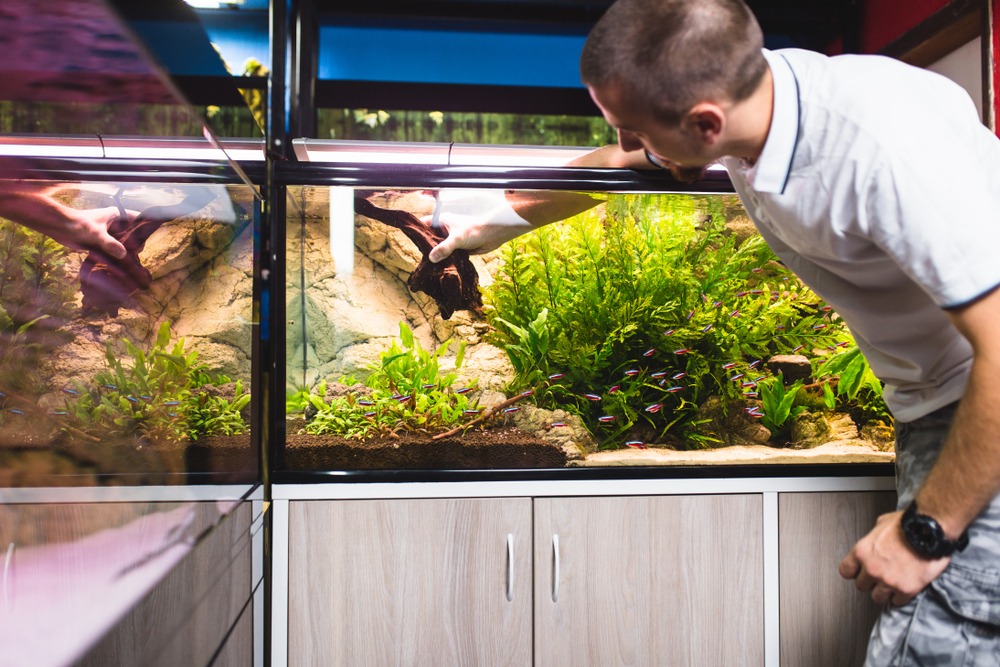
When it comes to setting up a tank for cichlids, there are a few key factors to keep in mind to ensure their health and longevity.
Firstly, the tank size should be appropriate for the number of cichlids being kept. As a general rule, a minimum of 20 gallons per cichlid is recommended. This allows for ample swimming space and reduces the likelihood of aggression between fish.
The substrate should be fine-grained and non-abrasive, as cichlids like to dig and can easily injure themselves on rough substrates. Sand is a popular choice for cichlid tanks.
A high-quality filter is essential for maintaining water quality in the tank. Cichlids produce a lot of waste, so a filter with a high turnover rate is recommended. Canister filters are a popular choice for cichlid tanks.
A heater is necessary to maintain a consistent water temperature, as cichlids are sensitive to temperature fluctuations. A temperature range of 75-82°F is ideal for most cichlid species.
An air pump can be used to increase oxygen levels in the tank, but it is not always necessary. If the filter provides adequate surface agitation, an air pump may not be needed.
Live plants can provide hiding spots and improve water quality by absorbing nitrates, but cichlids are known to be avid diggers and may uproot plants. If live plants are used, they should be anchored securely and chosen for their hardiness.
Finally, it is important to provide hiding spots for cichlids to reduce stress and aggression. This can be achieved with rocks, caves, or other decorations that provide shelter.
Cichlids Health and Stress Management
Cichlids are generally hardy fish and can live for a long time if they are kept in a healthy and stress-free environment.
However, like all living beings, they are prone to certain health issues, which can affect their lifespan. Therefore, it is important to take good care of your cichlids and provide them with the right conditions to thrive.
Stress is one of the major causes of health problems in cichlids. Stress can be caused by a variety of factors, such as poor water quality, overcrowding, aggressive tank mates, and improper diet.
When cichlids are stressed, they become more susceptible to diseases and infections. Therefore, it is important to minimize stress in your cichlid tank.
One way to reduce stress in your cichlid tank is to maintain good water quality. Cichlids are sensitive to changes in water parameters, so it is important to monitor the water quality regularly and perform water changes as needed.
Overcrowding can also cause stress in cichlids, so make sure that your tank is not too crowded. Additionally, it is important to provide your cichlids with a balanced diet that meets their nutritional needs.
Regular maintenance of your cichlid tank is also important for their health and well-being. This includes cleaning the tank and equipment, checking the water parameters, and removing any uneaten food or debris from the tank.
It is also important to provide your cichlids with exercise by adding decorations and hiding spots to the tank. This will help keep them active and reduce stress.
Cichlids and Tank Mates
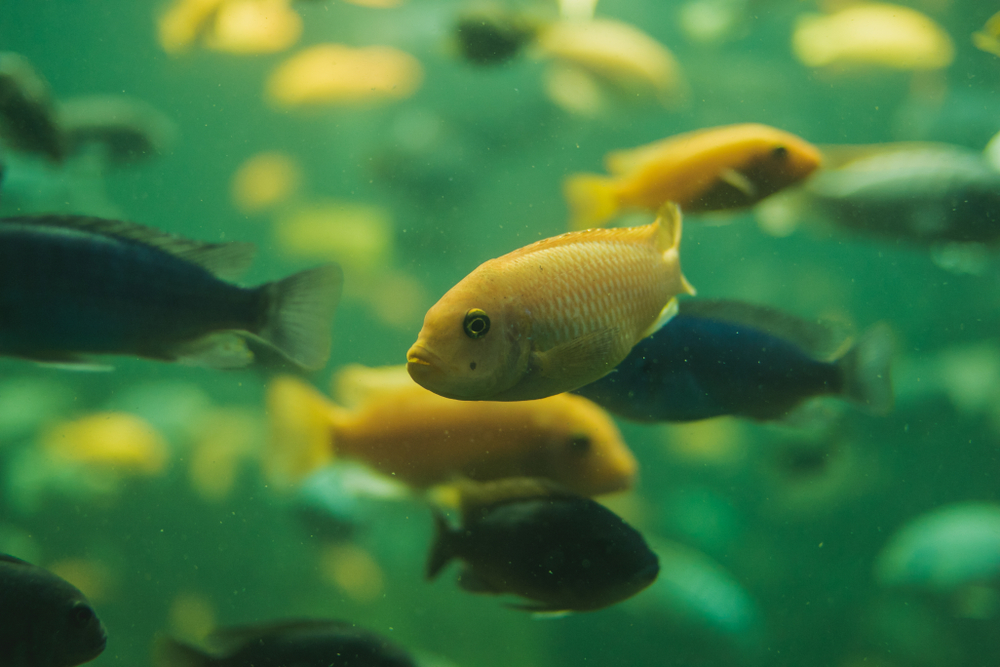
Cichlids are a popular freshwater fish species that can be found in many aquariums. They are known for their vibrant colors and unique behaviors, making them an interesting addition to any tank.
However, when it comes to choosing tank mates for cichlids, there are some important things to consider.
Firstly, cichlids are known to be aggressive towards other fish, especially during breeding season. Therefore, it is important to choose tank mates that can hold their own against cichlids. Some good options include other cichlids, catfish, and loaches.
It is also important to consider the size of the tank when choosing tank mates for cichlids. Cichlids can grow quite large, so it is important to have a tank that is big enough to accommodate them and their tank mates.
A general rule of thumb is to have at least 50 gallons of water for every cichlid in the tank.
In addition, cichlids are social fish that thrive in a community tank. However, it is important to choose tank mates that have similar social interaction needs.
For example, some cichlid species are more solitary than others, so it is important to choose tank mates that are also solitary or prefer to live in small groups.
Popular Cichlid Varieties
Cichlids are a diverse group of fish that can be found in various parts of the world. Some of the most popular cichlid varieties are:
1. African Cichlids
African cichlids are known for their vibrant colors and unique patterns. They are native to Lake Malawi, Lake Victoria, and Lake Tanganyika in Africa. Some popular African cichlids include the African butterfly peacock cichlid, blue peacock cichlid, and white pearly calvus.
2. Angelfish
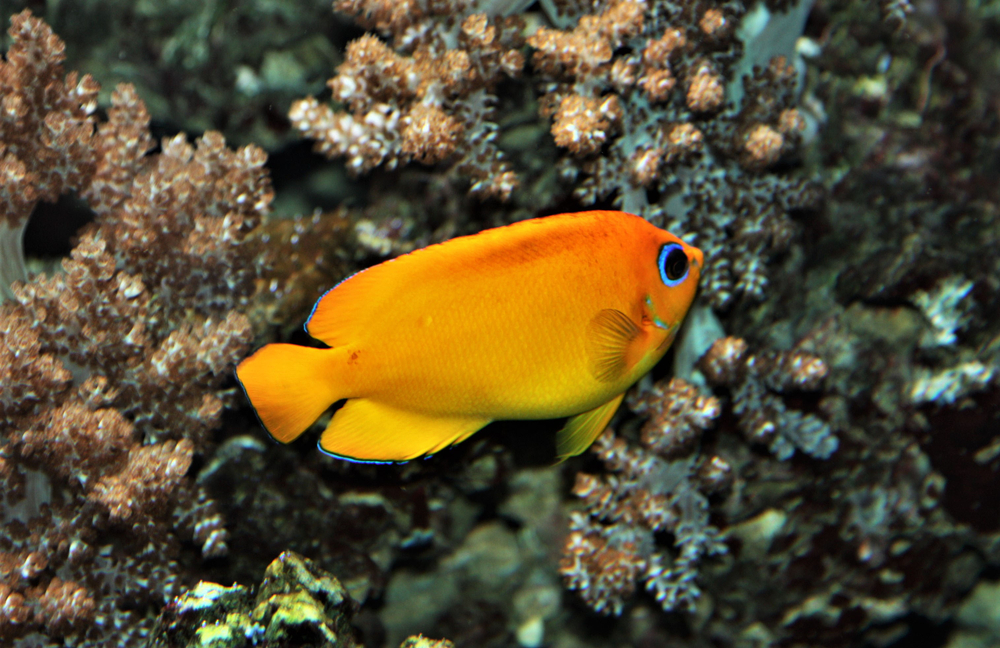
Angelfish are a popular cichlid variety that are known for their unique shape and graceful swimming. They are native to South America and can be found in various colors and patterns.
3. Electric Yellow Cichlid
The electric yellow cichlid is a popular cichlid variety that is native to Lake Malawi in Africa. They are known for their bright yellow color and are a popular choice for aquarium enthusiasts.
4. Peacock Cichlid
Peacock cichlids are a popular cichlid variety that are native to Lake Malawi in Africa. They are known for their vibrant colors and unique patterns.
5. Kenyi Cichlid
Kenyi cichlids are a popular cichlid variety that are native to Lake Malawi in Africa. They are known for their bright yellow color and black stripes.
6. Convict Cichlids
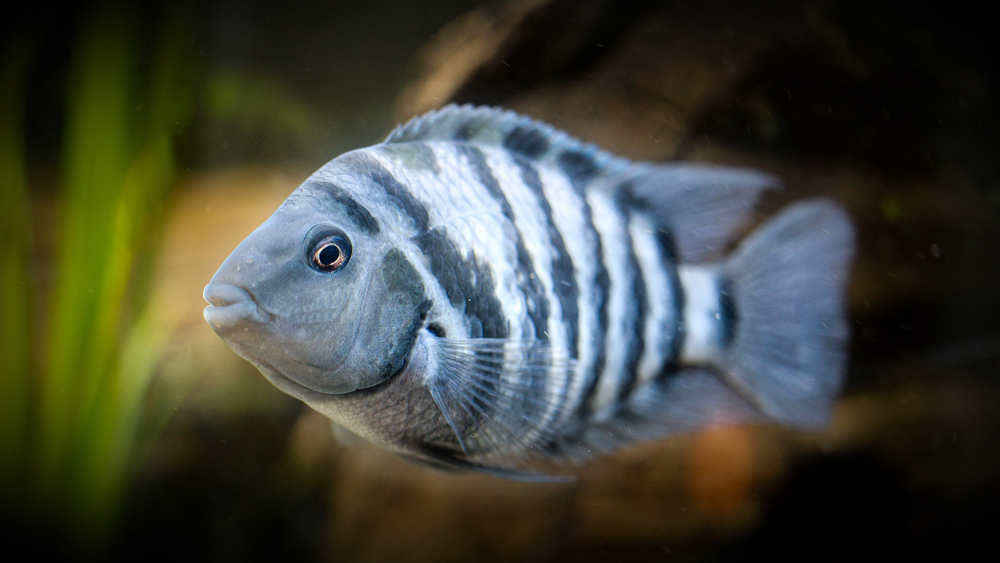
Convict cichlids are a popular cichlid variety that are native to Central America. They are known for their unique patterns and aggressive behavior.
7. Firemouth Cichlid
Firemouth cichlids are a popular cichlid variety that are native to Central America. They are known for their bright red color and unique patterns.
8. Bumblebee Cichlid
Bumblebee cichlids are a popular cichlid variety that are native to Africa. They are known for their black and yellow stripes and unique patterns.
9. Flowerhorn Cichlid
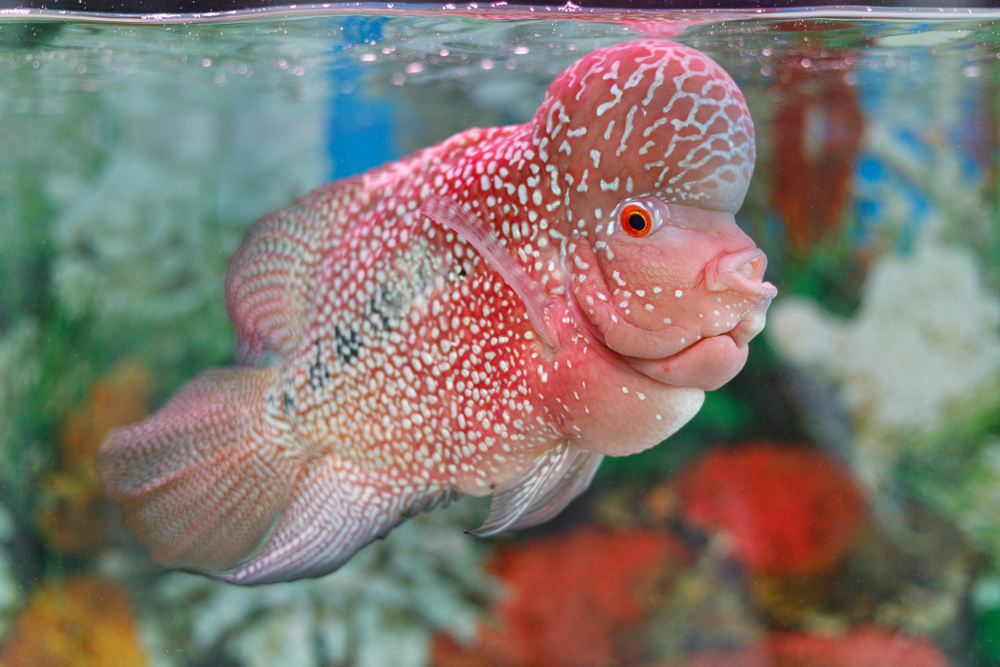
Flowerhorn cichlids are a popular cichlid variety that are a hybrid of various cichlid species. They are known for their unique shape and vibrant colors.
10. Blue Daktari
Blue daktari cichlids are a popular cichlid variety that are native to Lake Malawi in Africa. They are known for their bright blue color and unique patterns.
11. Daffodil Cichlid
Daffodil cichlids are a popular cichlid variety that are native to Lake Tanganyika in Africa. They are known for their unique patterns and vibrant colors.
12. Lionhead Cichlid
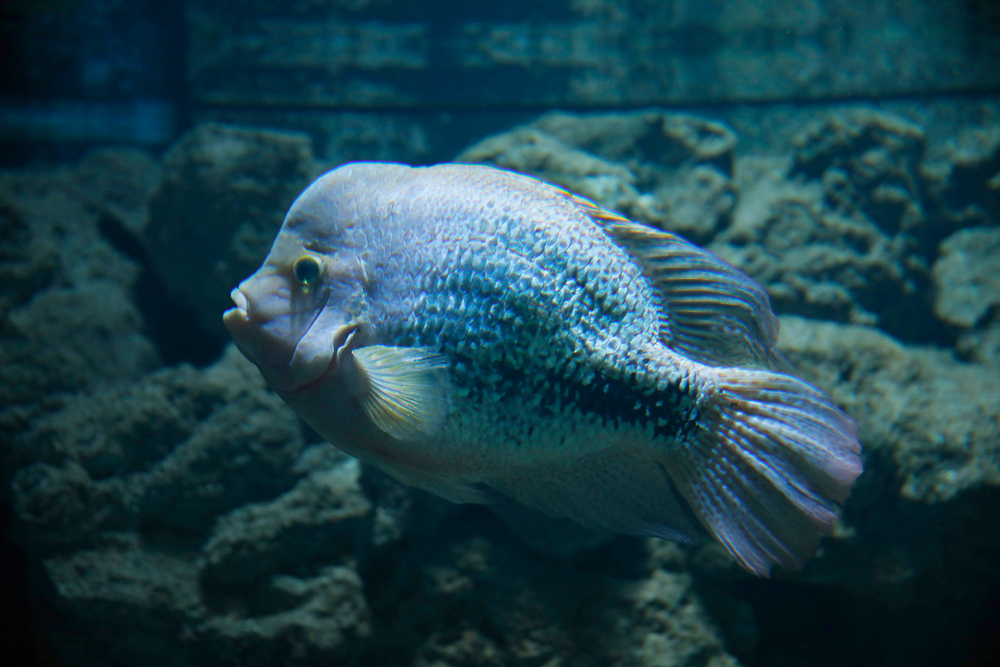
Lionhead cichlids are a popular cichlid variety that are a hybrid of various cichlid species. They are known for their unique shape and vibrant colors.
13. Rainbow Cichlid
Rainbow cichlids are a popular cichlid variety that are native to Central and South America. They are known for their unique patterns and vibrant colors.
14. Blood Parrot
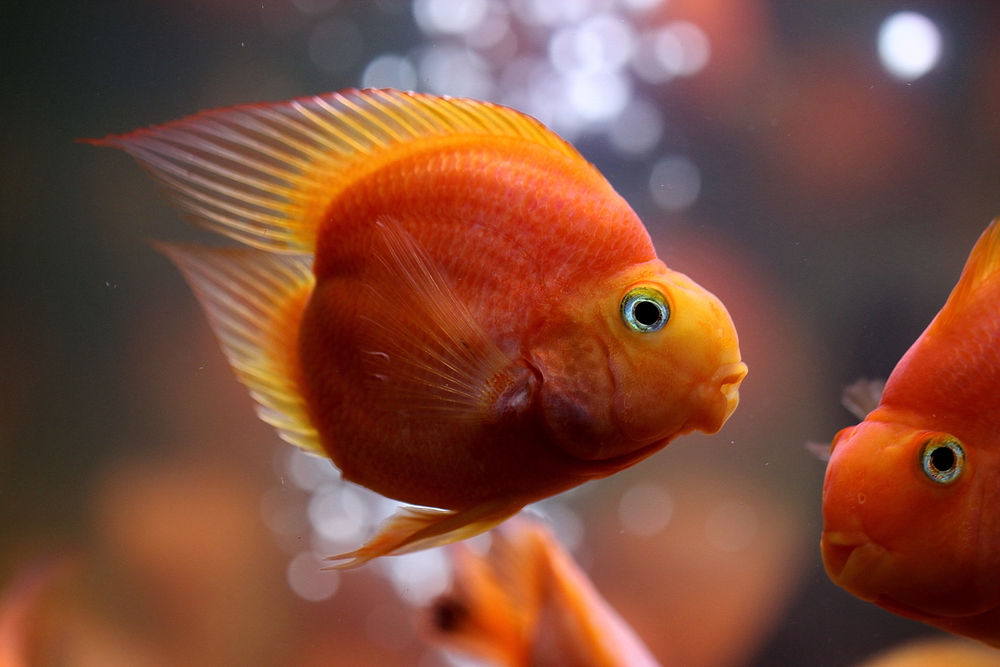
Blood parrots are a popular cichlid variety that are a hybrid of various cichlid species. They are known for their unique shape and vibrant colors.
15. Convict Julie
Convict Julie cichlids are a popular cichlid variety that are native to Central America. They are known for their unique patterns and aggressive behavior.
16. Ram Cichlids
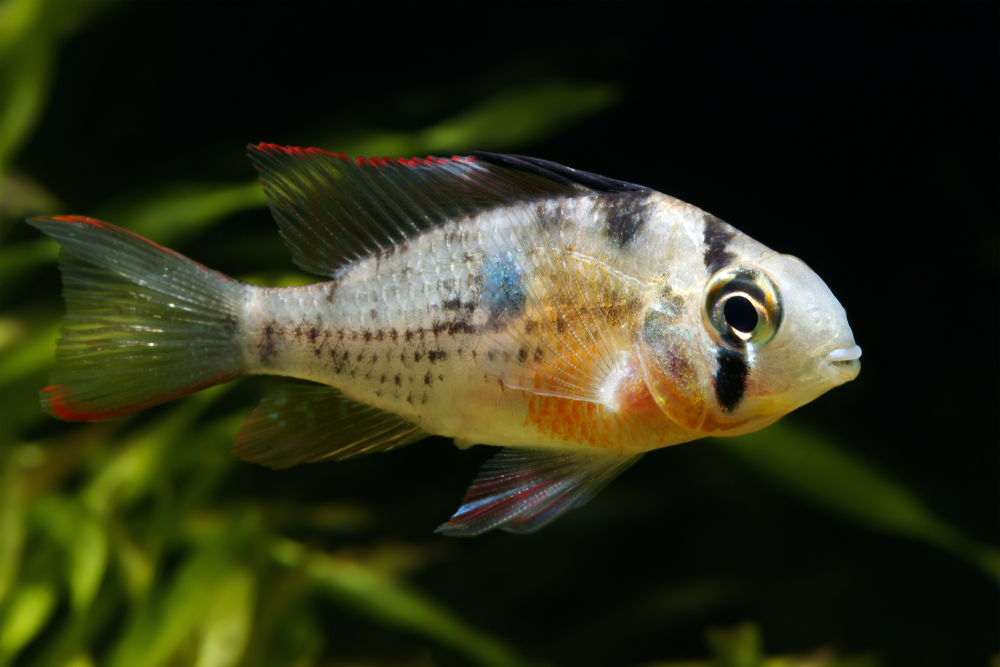
Ram cichlids are a popular cichlid variety that are native to South America. They are known for their vibrant colors and unique patterns.
Cichlids Size and Color
Cichlids come in a variety of sizes and colors, making them a popular choice for aquarium enthusiasts.
The size of cichlids can vary greatly depending on the species, with some growing to be only a few inches long and others reaching lengths of over a foot. The average size of cichlids is typically between 4 and 6 inches.
In terms of color, cichlids are known for their vibrant and diverse hues. Some species feature bright oranges, yellows, and reds, while others have more muted blues and greens.
The color of a cichlid can also change depending on its mood or environment. For example, a stressed or aggressive cichlid may appear more dull or faded in color.
It’s important to note that the color and size of cichlids can also be influenced by their diet and overall health. A well-fed and healthy cichlid is more likely to display bright and vibrant colors, while a malnourished or sick cichlid may appear more pale or discolored.
Frequently Asked Questions
What is the average lifespan of cichlids?
The average lifespan of cichlids varies depending on the species. Generally, cichlids live for 5 to 10 years in captivity. However, some species can live up to 20 years or more.
What factors affect the lifespan of cichlids?
Several factors can affect the lifespan of cichlids, including water quality, diet, tank size, and genetics. Poor water quality, inadequate diet, and overcrowding can lead to stress and disease, which can shorten a cichlid’s lifespan.
How can I ensure my cichlids live a long and healthy life?
To ensure your cichlids live a long and healthy life, you should provide them with a proper diet, clean water, and a suitable tank size. It’s also essential to monitor their behavior and health regularly and seek veterinary care if necessary.
What are some common tank mates for African cichlids?
African cichlids can be aggressive, so it’s essential to choose tank mates carefully. Some suitable tank mates for African cichlids include catfish, loaches, and other non-aggressive cichlid species.
What is the size range of cichlids?
Cichlids come in various sizes, ranging from small to large. Some species can grow up to 12 inches or more, while others remain small, around 2 to 3 inches.
What is the longest recorded lifespan of a cichlid?
The longest recorded lifespan of a cichlid is over 30 years. However, this is an exception, and most cichlids live for 5 to 10 years in captivity.

Ian Sterling, founder of Fishlab.com, began his aquarium journey over 30 years ago, driven by a deep fascination for fish and their diverse personalities. His website, Fishlab.com, is dedicated to making fishkeeping accessible and enjoyable, offering beginner-friendly guidance, expert insights, and a community for aquarists to connect and share experiences.


